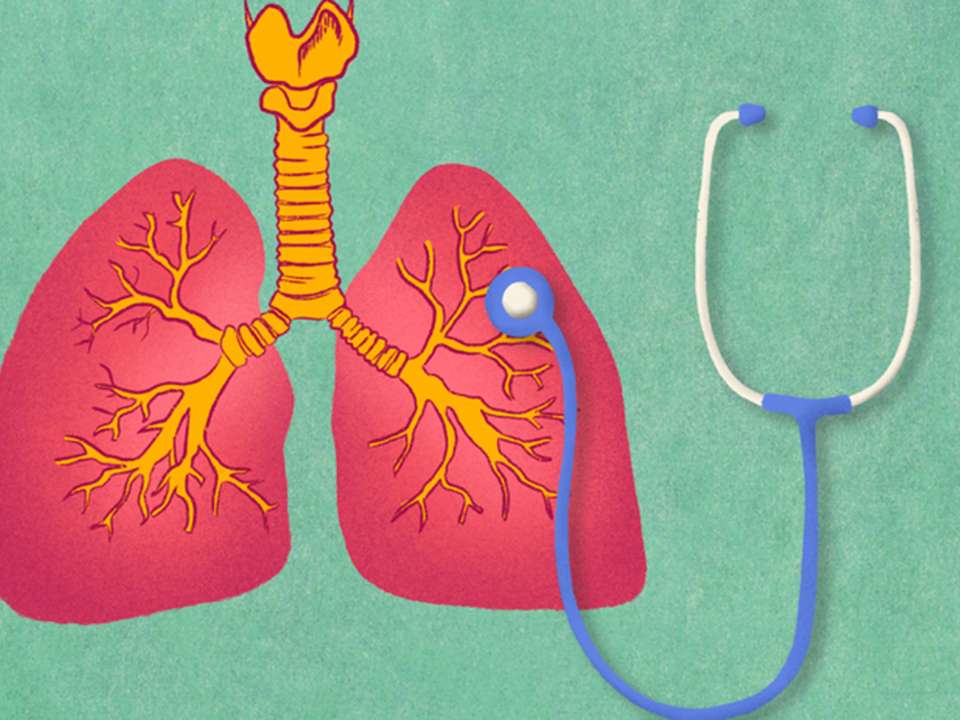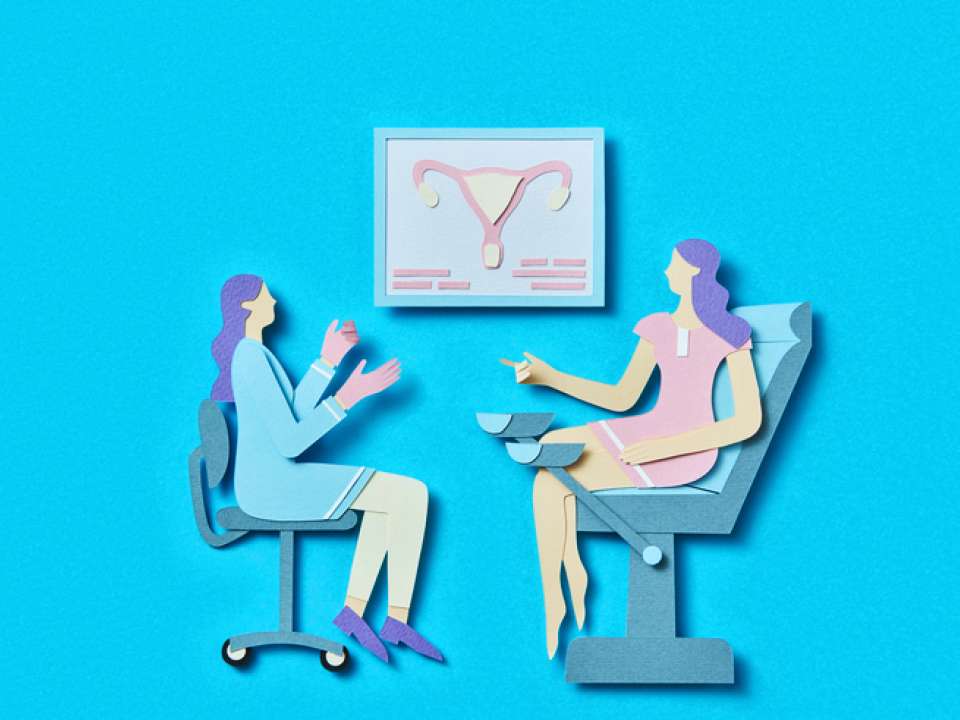
You’re itchy, infected and over it. What started as soreness has become one massively painful problem.
Though most common in children, ear infections can also occur in adults — especially if you have smaller ear canals or you’ve been using Q-tips, which can compact ear wax. While some infections may go away on their own, here’s what to do if pain persists.
Types of ear infections
“When I see patients with ear infections, I start by determining whether they are outer ear infections (otitis externa), middle ear infections (otitis media), or both,” says Dr. Karen Lin, an otolaryngologist who sees patients at the Otolaryngology Clinic at Northwest Outpatient Medical Center.
While both types can cause pain, there are key differences between the two.
Outer ear infections (otitis externa)
As the name suggests, these are infections or inflammation of the outer ear and ear canal, which stretches from the opening of your ear to your eardrum, Lin says.
Nicknamed “swimmer’s ear,” outer ear infections are often caused when water gets trapped in the ear canal and bacteria or fungus grows. Other causes include loss of ear wax (which is a natural protector) and injury from sticking fingers, pencils, Q-tips or anything else into your ear.
Along with mild to severe ear canal pain, otitis externa may cause your outer ear to be sore to touch. Symptoms such as swelling, itchiness, ear drainage, fever and feeling like your ears are plugged or your hearing is muffled are also common, Lin says.
Middle ear infections (otitis media)
Middle ear infections occur when fluid and bacteria build up in the middle ear, or the space behind your eardrum.
This type of infection is most common in children, as they have more upper respiratory infections (think colds and sinus infections) and smaller eustachian tubes — both of which increase the likelihood of middle ear infection, Lin says. Allergies, exposure to cigarette smoke and flying while sick are additional factors that can increase your risk of getting a middle ear infection.
“Symptoms for adults include ear pain, ear drainage if there is a hole in the eardrum from too much middle ear pressure, plugged ear sensation, muffled or loss of hearing, dizziness, and ringing in the ear,” Lin says.
While your kiddo may also have ear drainage and pain, other signs to look for in kids are if they start tugging their ear or have balance problems, or sleep and behavioral changes.
How to care for an ear infection
In the early stages of an ear infection, you have some at-home options to reduce discomfort and prevent the infection from getting worse.
You want to keep your ear dry, which means using ear plugs when swimming and drying your ears with a towel after you shower. For pain management, taking over-the-counter pain killers can help reduce soreness.
It can also help to safely clean your ears if you do not have a hole in your eardrum, Lin says. To do so, she recommends the following:
- Mix a solution of one part rubbing alcohol and one part vinegar.
- Apply five to 10 drops in the affected ear using a clean dropper. (You can put a cotton ball in the ear to prevent the solution from falling onto your clothes.)
- Lean to your side and let the drops sit for two to five minutes.
- Tip your head and let the solution drain out.
Cleaning with this solution will help dry out your ears and prevent bacteria and fungus growth.
“Most of these infections will get better without antibiotics,” Lin says. “We try to limit the use of antibiotics to prevent antibiotic resistance."
In other words, many infections will go away on their own. However, in the case that your infection persists, you have a fever or severe pain, your doctor will prescribe antibiotic pills or antibiotic or antifungal drops to treat the infection.
Care tips and treatment for chronic ear infections
Chronic ear infections are when you have recurring infections or inflammation that doesn’t go away on its own. Along with being annoying and painful, if left untreated, chronic infections can damage the ear and cause hearing loss.
In most cases, taking antibiotics will help you overcome these infections; however, if the infection is severe or persists, it may require surgery to clean out your ear and repair any damage to your eardrum or the small bones in your ear.
Ear infections are no one’s idea of a good time, but they are treatable.
“I find caring for patients with ear infections very rewarding,” Lin says. “It is great to work with patients from the early diagnosis stage to them feeling more comfortable and ready to resume their daily activities.”

 Healthy ideas for your inbox
Healthy ideas for your inbox





